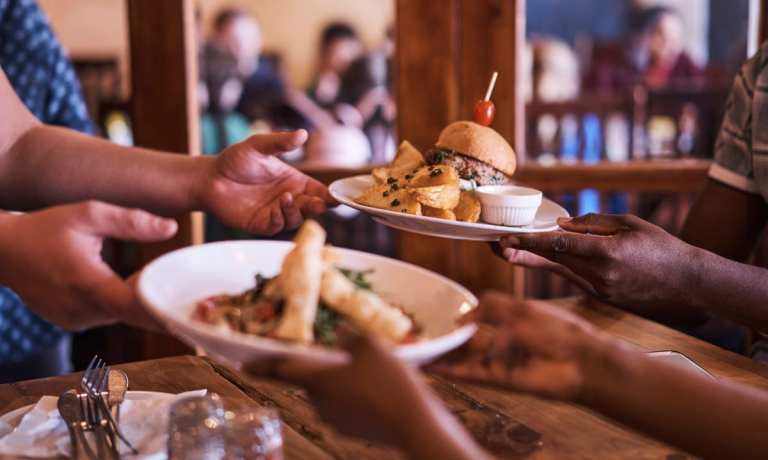
Restaurant operators know how essential loyalty programs are when it comes to turning a one-time order into years of patronage. In the most recent quarter, Taco Bell, Chipotle Mexican Grill and Starbucks all saw digital sales growth driven by record-high loyalty program participation, while McDonald’s, in response to its own digital sales growth, is currently expanding its MyMcdonald’s rewards program pilot, and Burger King has finally launched its own rewards program pilot.
As the technology quickly evolves, clear rifts are emerging between different demographics’ use of these programs. In this month’s edition of PYMNTS’ Delivering on Restaurant Rewards report, created in collaboration with Paytronix, researchers found that the share of consumers using restaurant rewards programs is growing rapidly, with the portion of consumers enrolled in at least one restaurant’s rewards program seeing a whopping 9 percent increase in less than three months at the end of 2020, up to almost half of all consumers. The bulk of this consumer base, the report found, is made up of those in their early 40s and younger.
The lion’s share of older consumers — Generation X members and baby boomers — are only occasional diners, which is to say, “restaurant customers who order from either sit-down restaurants or QSRs on an infrequent basis.” Meanwhile, almost half of all bridge millennials, consumers between their early 30s and their early 40s are restaurant enthusiasts, “restaurant customers who order from sit-down restaurants or from both sit-down restaurants and QSRs twice a week or more,” as are 41 percent of millennials and 42 percent of Generation Z consumers.
This is good news for restaurants, as these enthusiasts have also been the quickest to adopt loyalty programs — 61 percent of restaurant enthusiasts use loyalty and rewards programs when they order directly from a restaurant online or by phone, and 63 percent use these programs when they order via third-party aggregator. Restaurant enthusiasts are also more likely to order via these channels than to order in-store, unlike occasional diners, who far prefer in-store orders. If restaurants want to reach their most loyal customers on their most frequented channels, the bulk of their focus should be on optimizing their websites, their apps, and their third-party presences, rather than on, say, improving the in-store experience.
Perhaps unsurprisingly, given the cost of dining out relative to cooking at home, the wealthiest consumers are significantly more likely than lower income consumers to be restaurant enthusiasts — 38 percent of consumers with an annual income of $100,000 or more, versus 30 percent of all consumers, and only 21 percent of those whose annual income is lower than $50,000. Conversely, high-income consumers are the least likely to be occasional diners. Consequently, by optimizing the channels most frequented by restaurant enthusiasts, restaurants can also build their relationships with consumers with the most disposable income.
On the other hand, occasional diner is not a fixed category. There is plenty of opportunity for restaurants to convert these infrequent customers into regulars. When it comes younger consumers who may be more ready to adopt new services and technologies, restaurants have a chance to get them on board with attractive offerings. The report found that more than a fifth of occasional diners would spend more on food orders if they could access loyalty and rewards programs, and 53 percent of all occasional diners do not use loyalty and rewards programs simply because they do not believe the programs are available. Engaging the 45 percent of gen Z members, 49 percent of millennials and 43 percent of bridge millennials who patronize restaurants infrequently with appealing and easily accessible loyalty offerings can bring more consumers into the fold going forward.